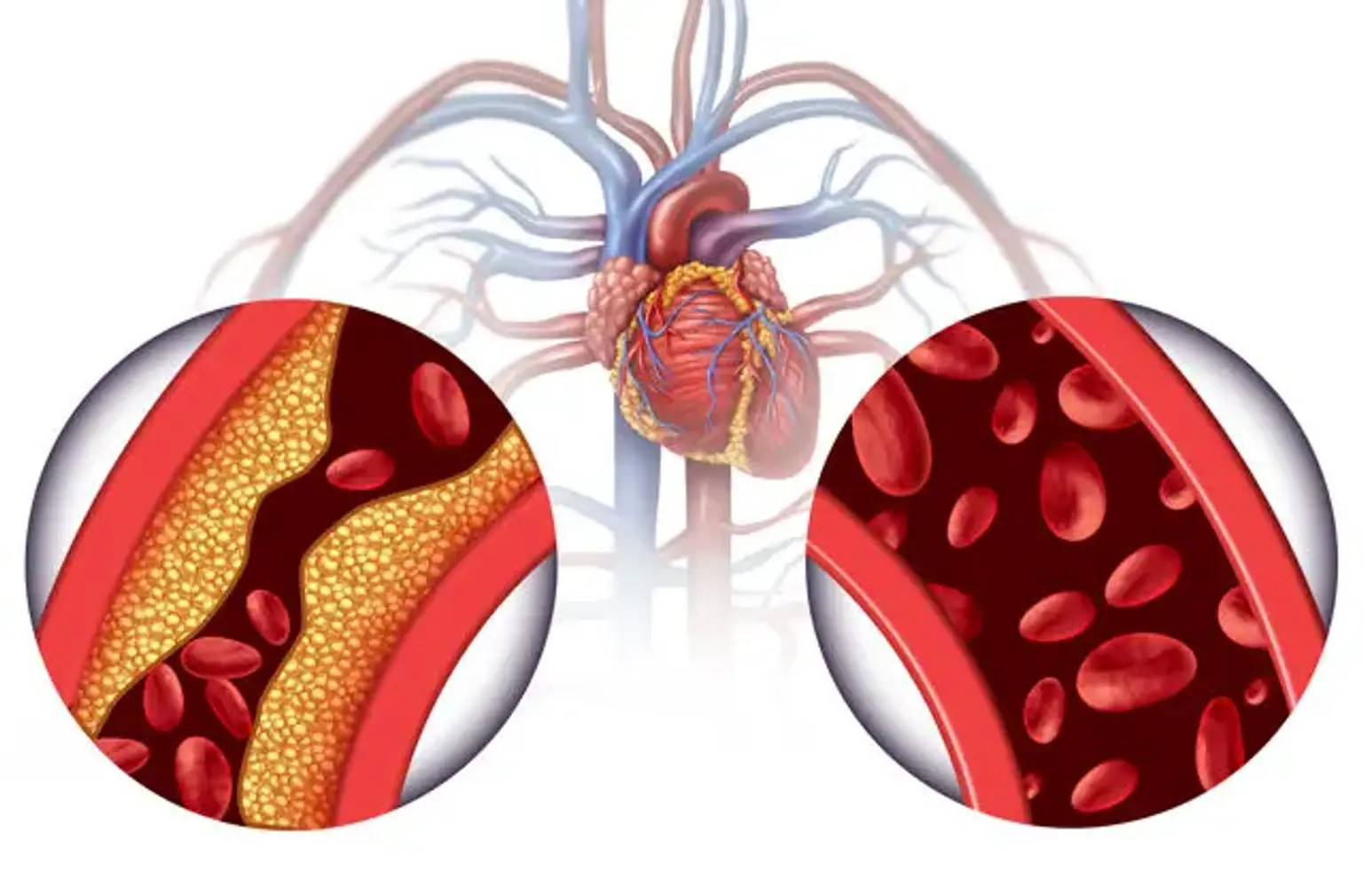Angina
Angina, a form of chest pain, occurs due to a reduced level of blood flowing into the heart. It’s mostly associated with coronary artery disease. Squeezing, heaviness, pressure, tightness, and pain around the chest are all common effects of angina. Some describe angina symptoms as a vise squeezing or a heavy weight resting on the chest.
Angina might be a new pain that requires medical attention or chronic pain that responds to the medication. Even though it is fairly common, it can be difficult to differentiate from other forms of chest pain, including indigestion discomfort. Therefore, if you are experiencing unexplained angina chest pain, consult a medical provider right away.
